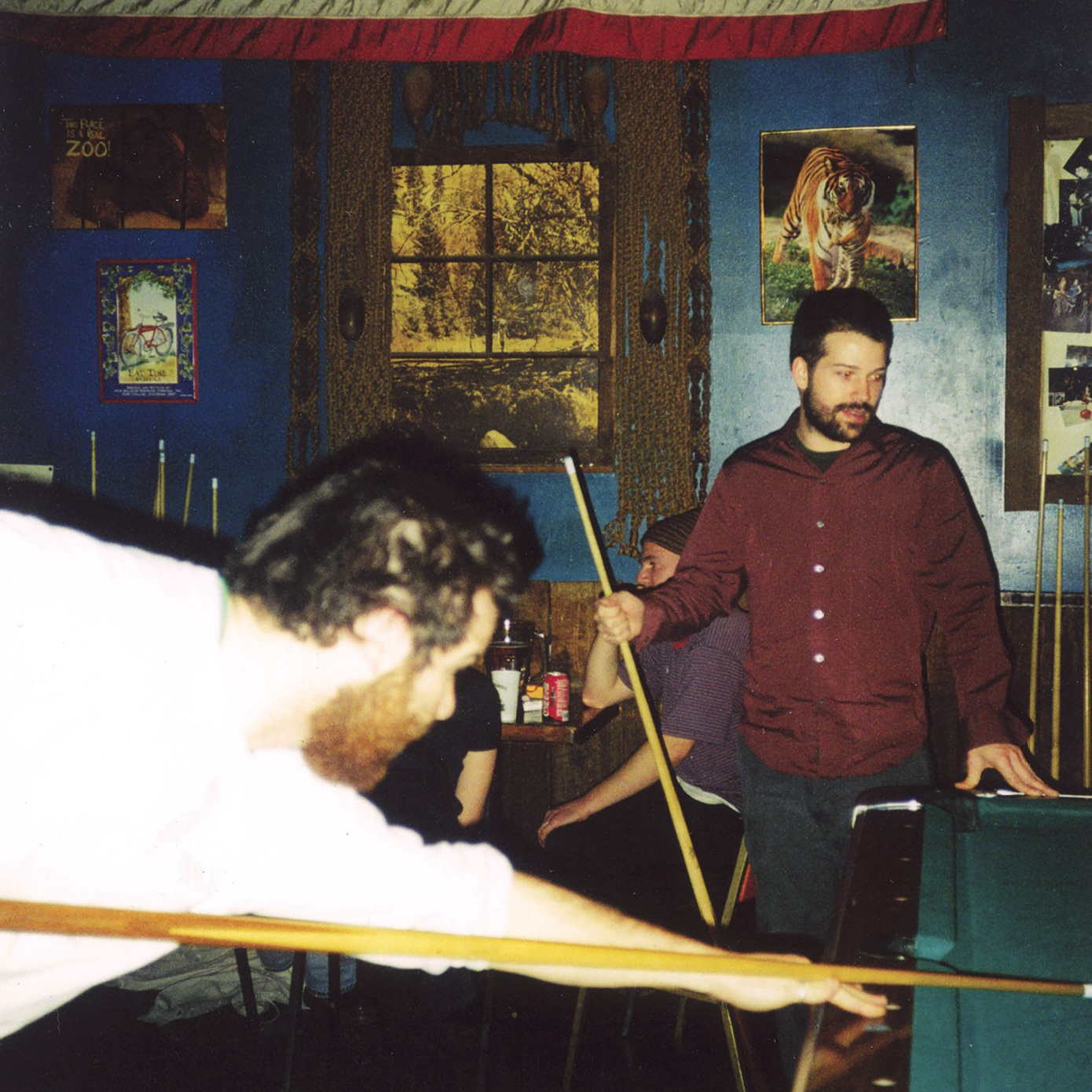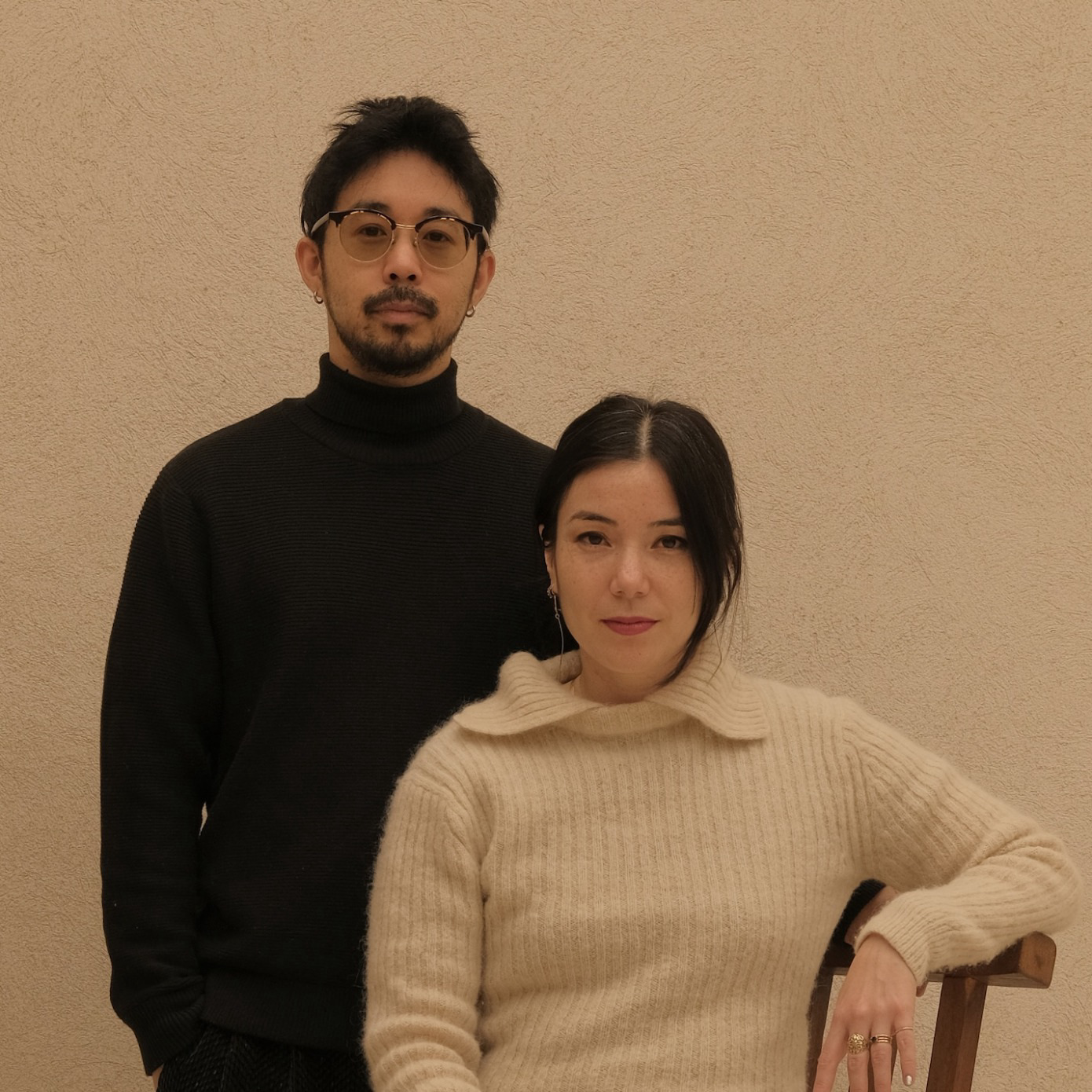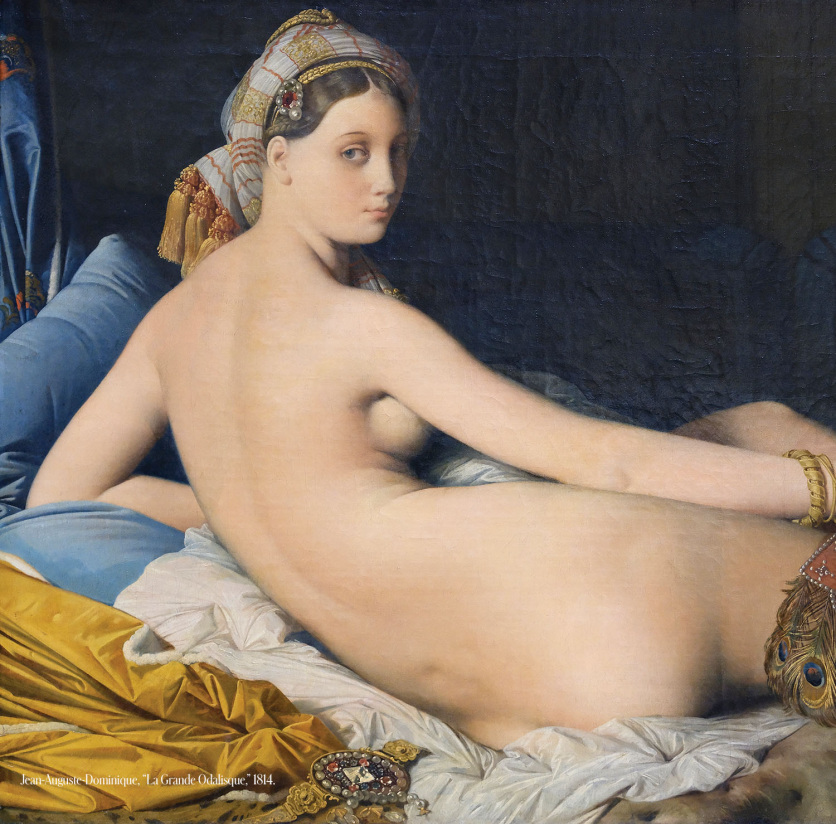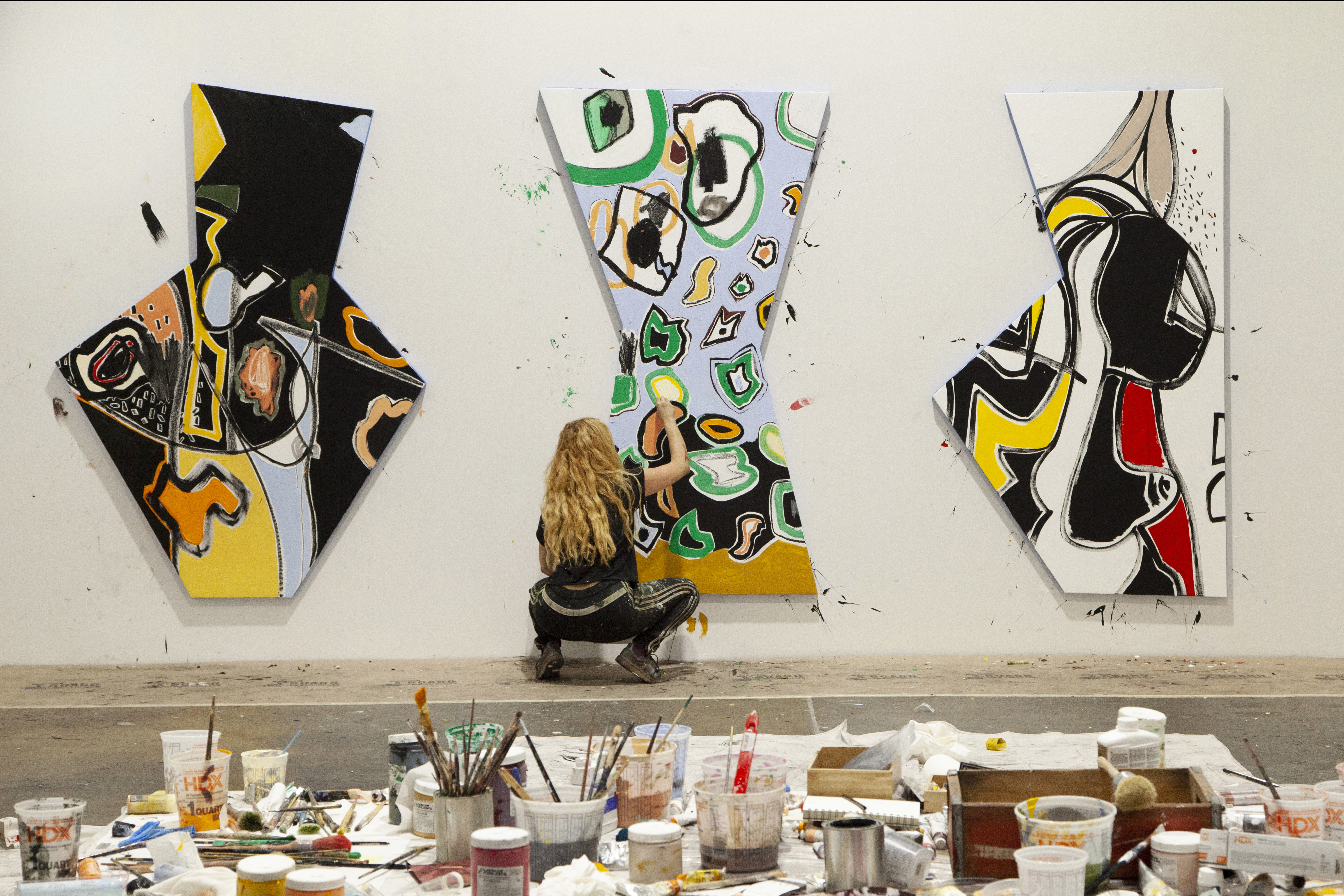
Birth. Intercourse. Pettibon. Nipples. Guston. Repetition. These are just a few of the things Austyn Weiner cites as influences, though she identifies photography as the root of her work. Her approach embodies a paradox of flux and fixation—engaging in focused explorations of motifs like serial lines and drooping flowers, yet ever ready to depart onto the next means of expression. Weiner’s works for her Miami show, opening December 4, are an entanglement of chaos, evolution and the present—another shift in the way she seeks to represent the world she sees.
You have lived in Miami, New York and Los Angeles. In what ways is your work influenced by the different places you’ve called home? The idea of home is preserved within me. I knew from the get-go that in order to feel comfortable with who I was and what I was doing I needed those familiar characteristics of home to exist within myself—me as the vessel. I am my home, and my work is only a translation of that. This year my travels brought me East; from the hillsides of India to the steps of Varanasi and into the refugee camps of Cox’s Bazar, Bangladesh. These external experiences, as well as the internal, are ever present in this body of work.
What is the origin of the flower motif? The flower that recurs in my works is a representation of the iconographic and often ironic ideals of the female gender. They were inspired by sitting in a garden, drawing in rural France.
You work in several different mediums. How do they interact with each other and what medium do you find yourself most drawn to? The various mediums I use coexist in a way that is similar to a type of mating ritual. They dance, they interact, they attract and they repel one another. At the base of that process, however, is my unwavering connection to my photography. I believe that unconsciously, much of my understanding of composition, order, and color stem from there.
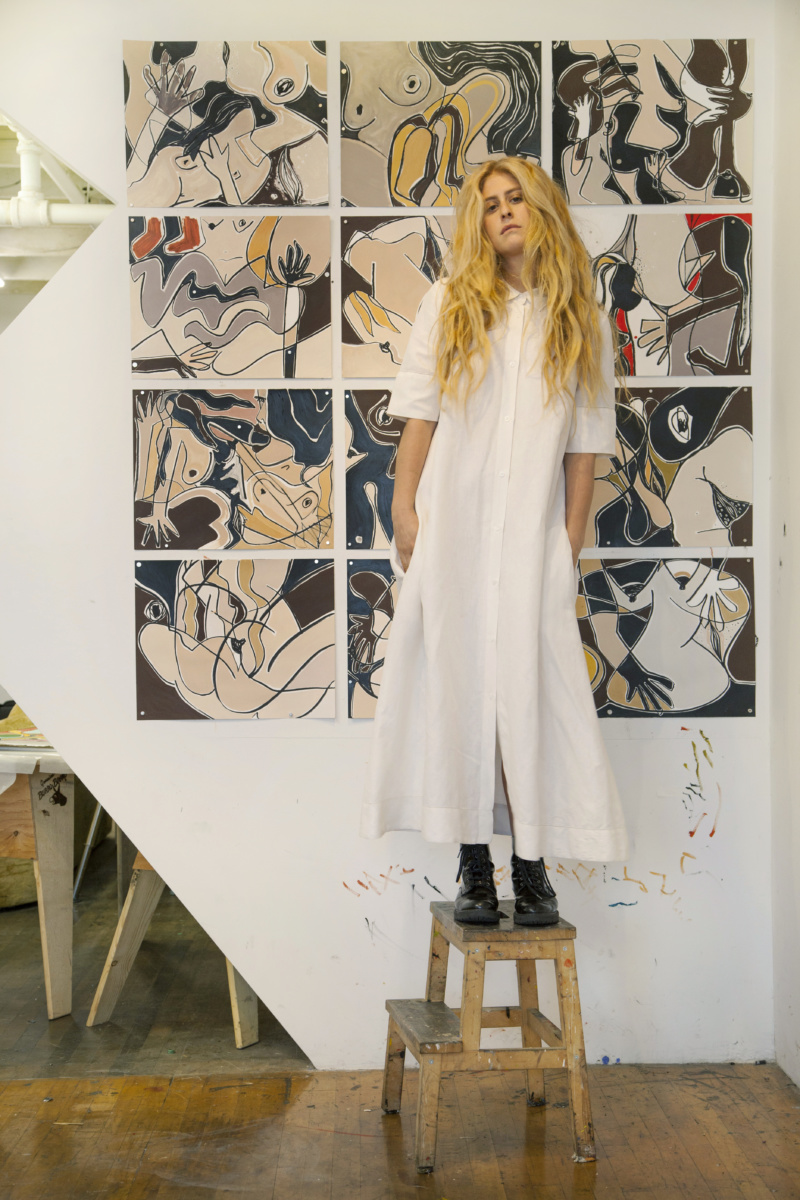
As a native Miamian, what is it like coming back for Art Basel? I am just happy to be home and contributing to the place that raised me.
How have you seen the artistic and cultural landscape of the city change in your time spent here and away? The biggest change I seem to notice is that the transient nature of Miami itself has in the past made it difficult for concrete culture to build. That is no longer the case with small businesses opening, museums staking their ground and, most importantly, the formation and growth of artist communities. I think Miami is becoming the multicultural epicenter of the United States, always shifting and changing with ample diversity and a unique foundation to build upon.
What was the inspiration for the works in your show at Bill Brady Gallery? I was thinking about evolution. The journey from ape to woman. Animal instinct. Shapes mimic that narrative. Only these figures are present. They are not evolving nor regressing, but standing still amongst the chaos. These works are about what it means to be a woman at war, both internally and externally, in the 21st century.
Where do these works fall in the evolutionary line of your practice? Nothing is linear. Up and down and around we go. I’d say it is absolute mayhem, and sometimes I do it to myself. It is the thrill and the chase of creating new challenges and giving myself no choice but to find my way out of them. Being lost is equally as important in my practice as being found. This work is about that. It is about the explosion and implosion of the present, my present. These figures presented in the form of canvas—we have a long history. This is just the first time they are coming to life. They are old friends, with personality and presence reaching far beyond my hand.
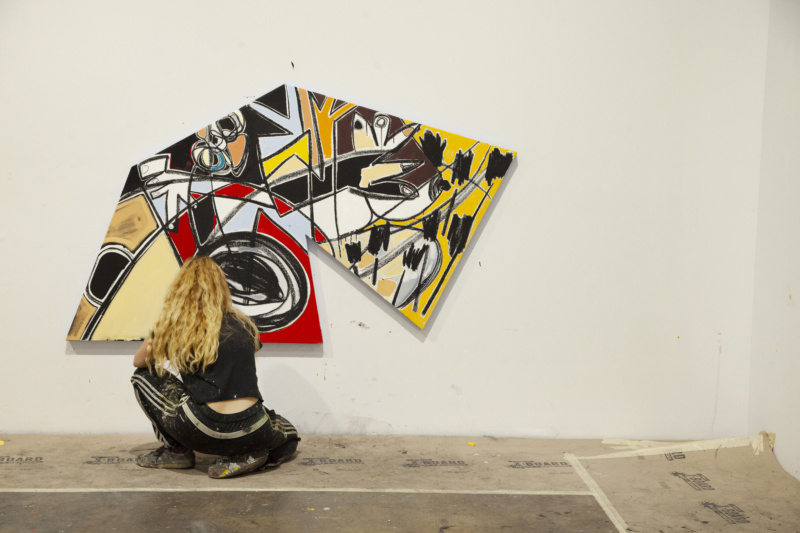
Are there any moments or occurrences you can identify as signaling a shift in your approach to your work figuratively, conceptually, in choice of medium? Whenever I move spaces physically, both an external and internal shift occurs. Oftentimes I consciously throw myself into those shifts in order to propel myself forward—to see things differently. There are also literal moments beyond my control; the entering and exiting of figures in my life, the unexpected and the unplanned. I am empathic and I can be impressionable. I take it all in, the good and the bad, and that makes for an interesting ride. But there is no other way for me. My work bursts out in between the cracks of these shifts. I have grown to appreciate and love that about myself rather than fight it.
What kind of experience do you want people to have with your work? Something I struggle with is that exact notion: the idea of control. In the age of social media, we try and try to retain absolute control of how people see us. Everything is about affirmation or rejection, when really we are the ones judging the most. Of course as artists we hope our initial intent in making the work comes through, but I try my very best to let go of that. I don’t want to be involved in that experience at all. I want to be honest first and foremost, and if nothing else, I hope that comes through.


